Everything you need to know about Blue Cheese and how to serve it
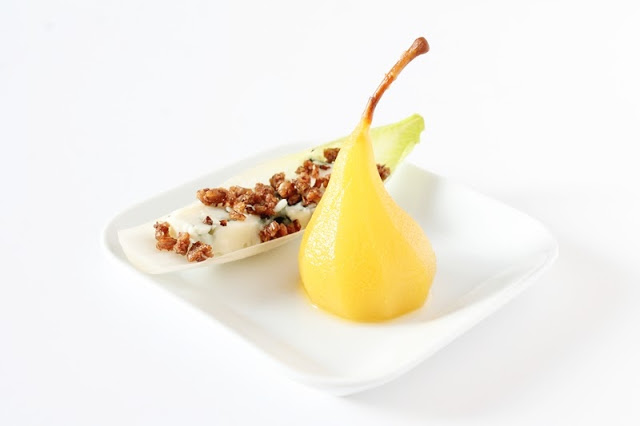
Learn everything you need to know about Blue Cheese and get inspired to use it more with some simple and great recipes.
Technically there are a few different varieties of cheese, blue cheese is one of the moldy varieties where there are two types. Both varieties are mostly used for cheese platters or what sometimes is called dessert cheeses, but there are exceptions where it is used in main dishes or appetizers as well.
Blue Moldy Cheese
For the blue cheese a mould culture of Penicillium have been added to the cheese and it grows inside of the cheese which gives it its special look. Famous types are Stilton and Roquefort. But there are also cheeses with mold on the outside of the cheese during the maturing and storing of the cheese. Famous types are Brie, Camembert and Chevre goat cheese.
There are also cheeses where these two ways of making cheese have been combined, a white and blue cheese. They are usually not as strong as the blue cheeses in flavour, think of an mild brie combined with a mild blue cheese and you’re close. But for now we are only focused on the blue one so lets get going.
How is blue cheese made?
Ok, lets leave the other types of cheese behind and dig a little bit deeper in the world of blue cheese shall we?
So the classification on blue cheese is a cheese that have had Penicillium mold added so the cheese have blue spots inside. Sometimes they are more green or grey but lets stick with blue for now.
What happens is that during the cheesemaking Penicillium are added, usually this happens when the cheese mass have been put into containers where it will be given its shape. Then the cheese is pierced with needles to give the mold culture some air for it feed on. In some blue cheeses these needle holes are visible when you cut it open. So that is why you sometimes can see straight lines of blue in cheeses, this is usually easy to spot in gorgonzolas.
After this the cheese is left to mature in a controlled environment, the time of the aging can depend on what type of cheese that are being made and what size it is. But the most well known blue cheeses like Gorgonzola and Roquefort is usually aged for around three months.
How does Blue Cheese taste?
The smell is often strong and very distinct in flavour with a sharp saltiness, if you’ve tried blue cheese you won’t forget it. But the intensity and texture can vary much between what type of blue cheese you eat.
For instance an Italian gorgonzola can be very creamy, quite low in salt for a blue cheese and have a mild blue cheese flavour. On the other hand a British Stilton cheese is dry, crumbly and very sharp and salty.
Famous Blue Cheeses
There are thousands of blue cheeses to taste out there and they are made in many places all over the world. I’ve tried amazing blue cheeses from USA, Sweden, Spain and many other countries so when you shop try something local if you find it. That said there are three blue cheeses that are more known than the others.
Roquefort – Unpasteurized blue cheese from France, it is aged for around three months and are one of the most known cheeses from France. The name is protected by law and to be allowed to call itself Roquefort it must be aged in the natural Combalou caves of Roquefort-sur-Soulzon in France.
Stilton – The British king of cheese in competition with the English cheddar. Usually pasteurized and a bit dryer than the Roquefort. Also name protected by law and can only be made in Derbyshire,Leicestershire and Nottinghamshire to be called a Stilton.
Gorgonzola – The king of blue cheese in Italy, usually the creamiest of these three. Gorgonzola comes in two varieties, Gorgonzola Dolce and Gorgonzola Piccante, the main difference is the aging time. Gorgonzola is also protected by law and can only be produced in a number of regions in the north of Italy.
How to use Blue Cheese in food
First, before serving blue cheese make sure your guests like it, it is one of those things that people usually love or hate. If someone is uncertain or want to try it it could be a good idea to start of with a mild variety, ask your local cheese shop for a recommendation because there is a lot to chose from. Once you decided you want to use it then this is some of the things you can do with it.
- Serve it as it is – One of the best ways actually, serve it with salty crackers, fresh figs, some roasted almonds maybe and some jam or marmalade. Great marmalades to go with the cheese is rosehip, fig, pear, quince but most work great. Also a sweet vinegar or pickled fruits can work good, and don’t forget the wine.
- Dips – for all sorts of dippings, vegetables and a blue cheese dip is a classic combination.
- On a burger – I recently made a burger with fried onions and a slice of melted blue cheese, lets just say it won’t be the last time.
- Salads – crumbled in salads, it pairs great with all salads, try adding bacon, some endives, romaine lettuce and leeks.
- Gravy – try adding some blue cheese into your next gravy, especially if you’re serving game like venison or anything similar but it is also great with beef.
More about blue cheese
If you’ve got this far you’re way into cheese, so why not try and make your own. Wikihow have made a great guide on how to make your very own blue cheese. Check it out here.
Or maybe you’re concerned with how you can eat moldy cheese and still feel fine, then you’re in luck since Quora have got a great article on the science behind the blue cheese mold, there are also some great photos from a real cheese cave.
Blue Cheese Recipes
Now here are a few short recipes to go with blue cheese, now these are not for any hot meals. They are more like small tapas or appetizers. You could also combine them or make them bigger for a buffet or as a part of a cheese platter.
Poached rhubarb with blue cheese
Serving blue cheese with something sweet like jam or sweet berries is always a good idea, it works great with the fat and salty taste from the cheese.
I used fresh rhubarb for this recipe, try to get small ones since their skin is thin enough to chew through, the bigger stalks usually need to be peeled and even though it will still taste good you will lose a lot of the beautiful color.
For the cheese i recommend a Roquefort, you won’t be using a lot since these tapas are served in extra small servings so spend a little bit extra on the cheese if you can. The cracker is an unsweetened rye one with less salt than traditional cheese crackers. I do prefer this kind since the cheese is very salty it brings a great balance but you can of course replace it with your favorite kind.
Poached rhubarb with blue cheese
crackers
fresh rhubarb
Roquefort cheese
water
sugar
fennel seeds
cardamom
black pepper
bay leaf
Bring equal parts water and sugar to the boil, add a few fennel seeds, a peppercorn or two and a tiny bit of cardamom and a bay leaf and let it simmer for a few minutes.
The spices will give the rhubarb a hint of a different taste and will make it feel less like a dessert. Cut the rhubarb in bite size pieces and add them. Slowly simmer for about ten minutes, check it during the process so it won’t overcook.
Once done you can let them cool off in the liquid. Add the cheese to the crackers and put one piece of rhubarb on each one, serve.
Pickled pear with blue cheese and rye bread
Pears are in season and if you´re lucky enough to have your own tree then you will probably have too much, so why not pickle a few.
I only served this kind of sweet pickled pears as an dessert before, usually with whipped cream or vanilla ice cream. But since I got my hands on some high quality blue cheese I decided to try it with the pears. With some fresh slightly bitter endive and some roasted rye bread it turned out great. The recipe is for ten pears but if and they will keep for a while in the fridge so make some extra. They will come handy.
I also added some measurements for this recipe because when it comes to pickling it´s hard to adjust flavors once it’s done.
Pickled pear with blue cheese and rye bread
10 fresh firm pears
1 lemon
250 grams of sugar
a pinch of saffron (used mainly for colour, can be excluded)
1 cinnamon stick
1 vanilla pod
200 ml white wine
1000 ml water
endive salad
rye bread
blue cheese
Cut away the bottom of the pears and peel them, put them in cold water together with some lemon juice to keep them from browning.
Combine sugar, cinnamon stick, vanilla pod, water, white wine, saffron and bring it to a boil. Add the peeled pears and simmer until cooked through, it usually takes about half an hour. Remove the pears from the heat and let cool in the liquid.
Rinse the salad and remove a leaf, trim if necessary. Cut a big piece of blue cheese and put on top of the salad. Dice some rye bread and toast in a dry pan until crunchy, put the bread on top of the cheese and serve.
Roquefort cheese with rosehip marmalade
Roquefort cheese is one of the kings of cheese and have you tried it once you’ll probably love it forever, unless you’re a child because then you are likely to hate it. The best way to eat it is with a simple marmalade and for this I bought a really good rosehip marmalade but you can replace it with other types if you can’t find a rosehip one. For example pear, fig and apple are also great friend of the Roquefort cheese.
If you are serving a lot of tapas it can also be fun to mix it up with an unexpected dish like this one since you usually serve it after or at the end of a meal.
Roquefort cheese with rosehip marmalade
Roquefort cheese
Rosehip marmalade
Black pepper
Cut the cheese in small pieces, put a spoonful of marmalade on each piece, season with black pepper. Serve at room temperature to make sure you’ll get the best flavor.
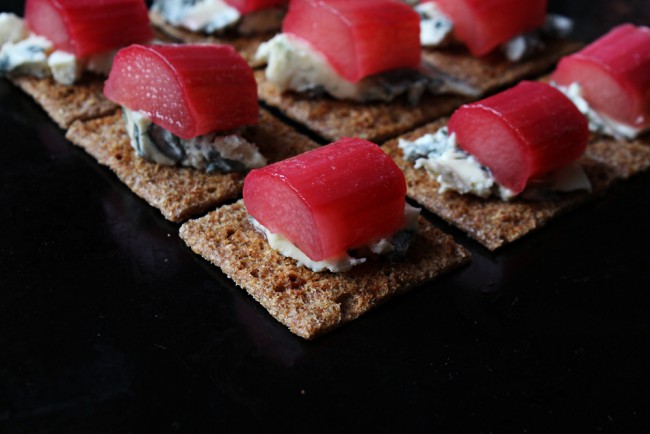
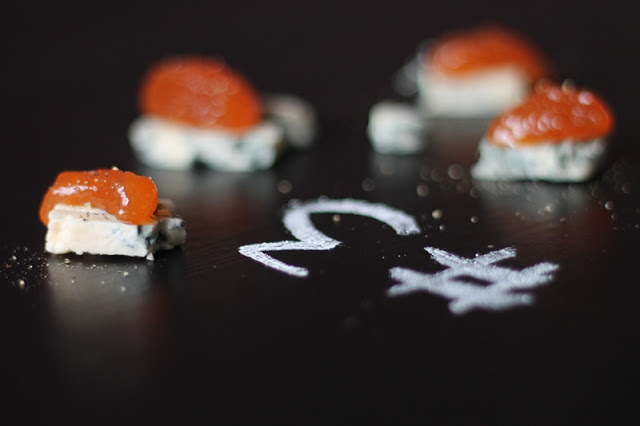
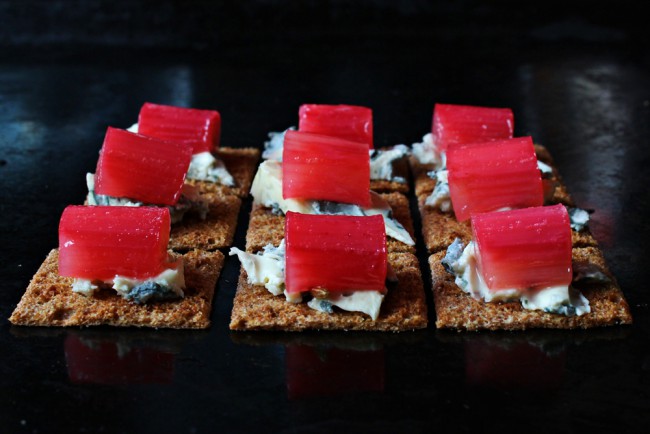
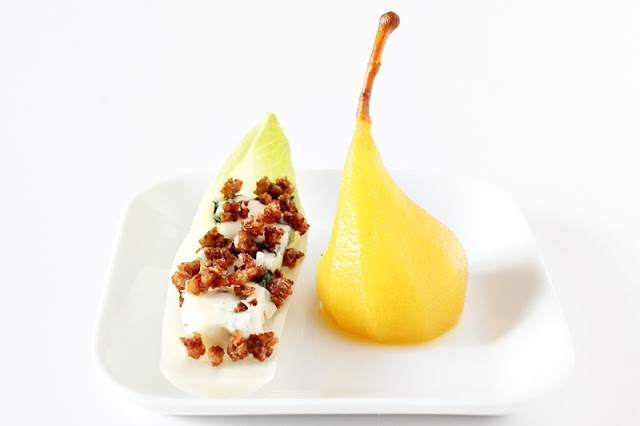
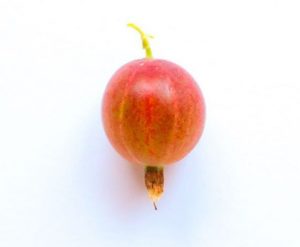



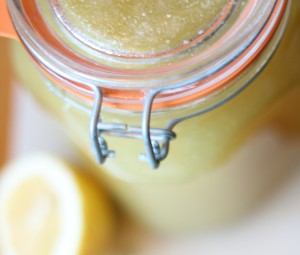

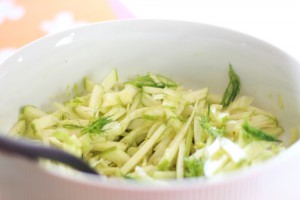

1 thought on “Everything you need to know about Blue Cheese and how to serve it”
Comments are closed.